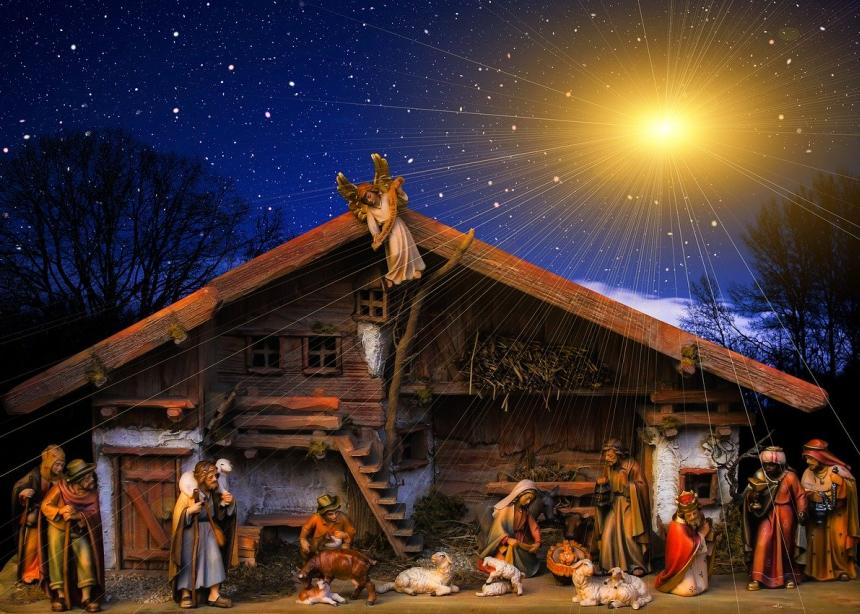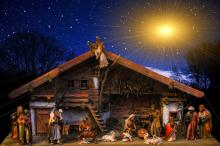Christmas is the season when we talk about how the birth of the baby Jesus brings hope. Hope implies some sort of betterment to come. So Jesus is our hope. But hope for the future is a crucial question for many people in these days of political polarization, rising global inequality, global ecological degradation and growing issues of mental health. It’s hard to be optimistic in the face of these facts.
Psychologists who study hope point out that it is not the same as optimism. According to research, people can be optimistic when the likelihood of something happening is higher. So optimism is related to probability. Hope is more about possibility. Hope motivates us to keep going in uncertain or negative circumstances because there still is a possibility of a positive outcome.
Loads of research show that hopefulness helps health. But remember, it needs evidence of the possibility of a positive outcome. It does no good to try to be optimistic when that evidence doesn’t exist.
That’s psychology, and it’s focused on hope as an attribute of the individual. Surprisingly, there is precious little sociology of hope. It is not hard to imagine that it is easier to be hopeful when others surround you with support. Besides health research, the small amount of sociology of hope research is on religion. Imagine that!
The problem with a psychological focus is that it makes people solely responsible for their individual responses to life’s trials. But in a Christian understanding, hope is like love and faith, especially in a tradition in which the community has pre-eminent importance. These virtues are practised in the community setting. We cannot really express love alone. And we know that faith is supported in a community of believers. How many times have you heard the analogy that faith is like a log in a fire? Individual believers on their own are like a log pulled from the flames, quickly sputtering out alone on the hearth. We do feel more hopeful around others. So hope is fundamentally communal, not something psychological and individual.
However, if “keeping hope alive” is individualized, then all who have difficulty will be blamed for their own difficulties. This happens to people with mental-health struggles.
Again, this is the opposite of what the Christian community should do. If God’s birth into the person of Jesus is a beacon of hope, then the light beam is the human beings who are the followers of Jesus. Those human beings are to fill others with hope when they cannot do it themselves.
Unlike a strictly psychological understanding of hope, a sociological understanding also addresses the circumstances that extend beyond the individual. Some of these circumstances are not made by the individual, so hope for alternatives can’t be psychological. They might instead require political action or social change. The existential crises of our time—climate despair or economic fears—will only be remedied by collective action.
Ghassan Hage, an anthropologist of Lebanese descent living in Australia during a time of rampant xenophobia, called society a hope-distributing mechanism. The problem is that it distributes hope more to some and less to others, because the evidence—a life free from discrimination—is unequally distributed. This is another way of looking at privilege. It enables some of us to be more optimistic.
In contrast, the Christian church should have a preferential option for those who are situated with less hope, and therefore it provides more hope to those people. Merry Christmas!
Randy Haluza-DeLay teaches at The King’s University in Edmonton and attends First Mennonite Church there.
Read more Mind and Soul columns:
Confronting a drastic future
Informed ethics




Add new comment
Canadian Mennonite invites comments and encourages constructive discussion about our content. Actual full names (first and last) are required. Comments are moderated and may be edited. They will not appear online until approved and will be posted during business hours. Some comments may be reproduced in print.